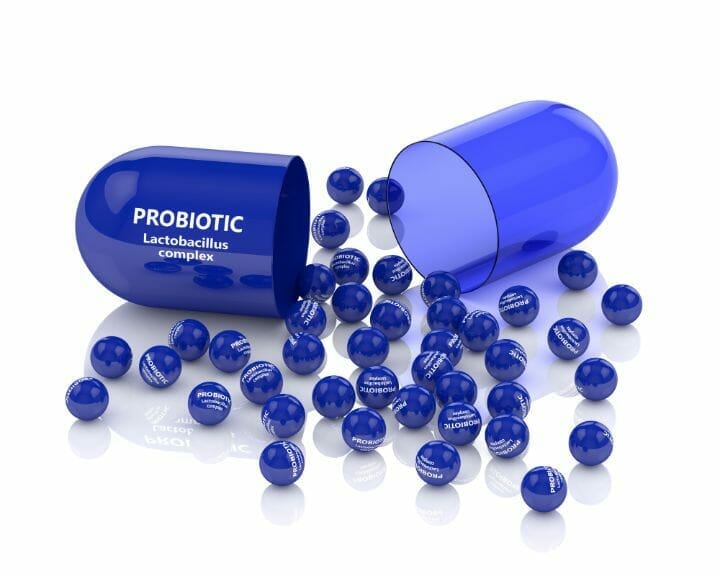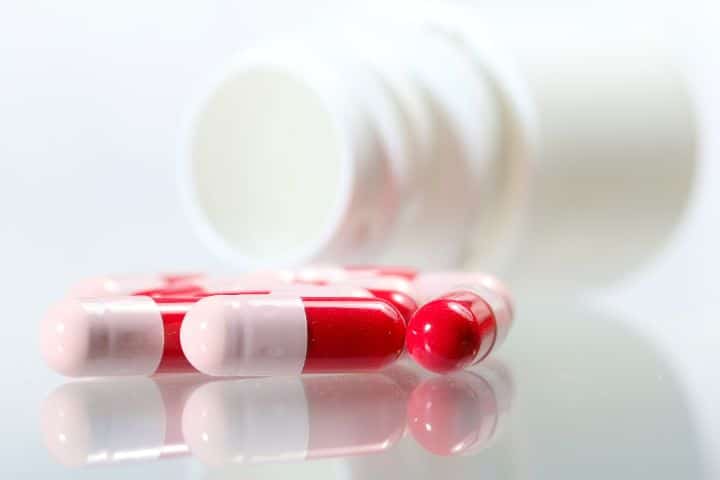Do you regularly take probiotics? Or are you looking to just get started? If you are on this page, I am sure you would have wondered why are probiotics so expensive, after all?
High-quality probiotic supplements are costly because manufacturing and storing costs are very high. At the end of the day, you, as a consumer, will have to pick up these costs.
Brands face a lot of challenges to bring Probiotics into the market. But first, let’s revisit what makes up a probiotic.
Probiotics:
- Are Microorganisms – Bacteria, Yeast
- Should be alive while administering
- Are administered in specific amounts
- Should maintain the composition till the end of shelf life
Contents
Manufacturing Challenges
The manufacturing of Probiotics needs to be robust and stable. The most common challenges that manufacturers face are:
- Process efficiency – Maintain high quality to ensure high yield and stability
- Product reproducibility – Important to ensure constant high performance and quality
- Skills – Product formulation requires extensive skill and experience
Probiotic bacteria are from traditional fermented dairy products. These have a limited shelf life, and you need refrigerated storage for them to survive.
On the other side of the coin, you have supplements expected to have a shelf life of one to two years. You can achieve this only by combining a robust production process and proper product constitution.
You may also like Best Probiotics During Pregnancy
Maintenance And Storage Challenges
As a consumer, when you buy a Probiotic product, you expect it to work till its expiry date. The conditions should be ideal within the supplements. Good bacteria need to survive in enough numbers till the end of their shelf-life.
Supplements are transported and stored at ambient temperatures and humidity. It might lead to loss of viability compared to refrigerated/ frozen storage and handling.
As stated in the definition of Probiotic, there is not much clarity on what an “adequate amount” is. Canadian and Italian regulators have stipulated to have at least 10 BN Colony Forming Units (CFU). CFU is the measure of live organisms in the product.
Other Costs
Currently, in the market, you have Probiotics of all sizes and shapes. But to create them, the good bacteria should be safely isolated, propagated, packaged, and sold. Also, each product should have predetermined CFU’s and maintain them.
There are costs associated with R&D, Equipment, Labs, and getting trained professionals.
International food regulators have also set standards for the manufacturing of Probiotics.
Probiotics need different packaging and distribution channels compared to conventional products.
You may also like our article on probiotics for autistic children
Alternatives
There is much research going on to verify the benefits of Probiotics. Over time, some of the products are being backed by science. Some parts of the doctor community believe that there is no need for everyone to hop on to the Probiotic bandwagon. They do not want you taking supplements without consulting your healthcare provider.
If you maintain a decent lifestyle, you can start by adding probiotics from natural resources – mentioned below – to your diet. Also, this option is more comfortable and cheaper.
- Fermented foods – Yogurt, Kefir, Sauerkraut, Korean Kimchi, Miso soup, and certain cheeses, including Gouda
- You can also start fermenting foods on your own
But, it does not mean that you disregard the idea of Probiotic supplements. You can reach out to your health care provider if you have specific health issues:
- Vulnerability to yeast infections or having short-term intestinal problems, such as traveler’s diarrhea
- Chronic intestinal problems, such as irritable bowel syndrome (IBS)
- Other health issues such as autoimmune disease, lactose intolerance, diverticulitis, and abdominal bloating.
Precautions
Storage
When buying probiotics, you should make sure to look at the instructions on the bottle. If they contain live cultures, you must refrigerate them. Else, your live cultures could die before you swallow them.
Certain freeze-dried probiotics remain stable on a shelf for a longer time. But most probiotics can are damaged through exposure to high heat at the store or home.
You may also like Best Dry Fruits for Seniors
Beware of Fake Products
As per a recent study by consumerlab.com, Probiotics are one of the most expensive dietary supplements around. They have estimated that one dose often costs more than $1 a day. A higher-priced Probiotic need not reflect a higher-quality product.
Relatively, Probiotics is a new industry that has come into the limelight in the last couple of years. They have generated a fair amount of enthusiasm among millions of people. They have a decent growth potential over the coming years.
This has also led to products that claim to be Probiotic products but are not.
You can find examples of Probiotic straws and bread in the market. It is not so complicated to understand that bread cannot be a Probiotic product. If you toast it, the bacteria will die.
There are cases where a probiotic tagline is added to foods that cannot create an environment for the bacteria to survive.
With the knowledge and information about what constitutes a Probiotic and how they survive, you will be able to differentiate between a real story and a fake one.



